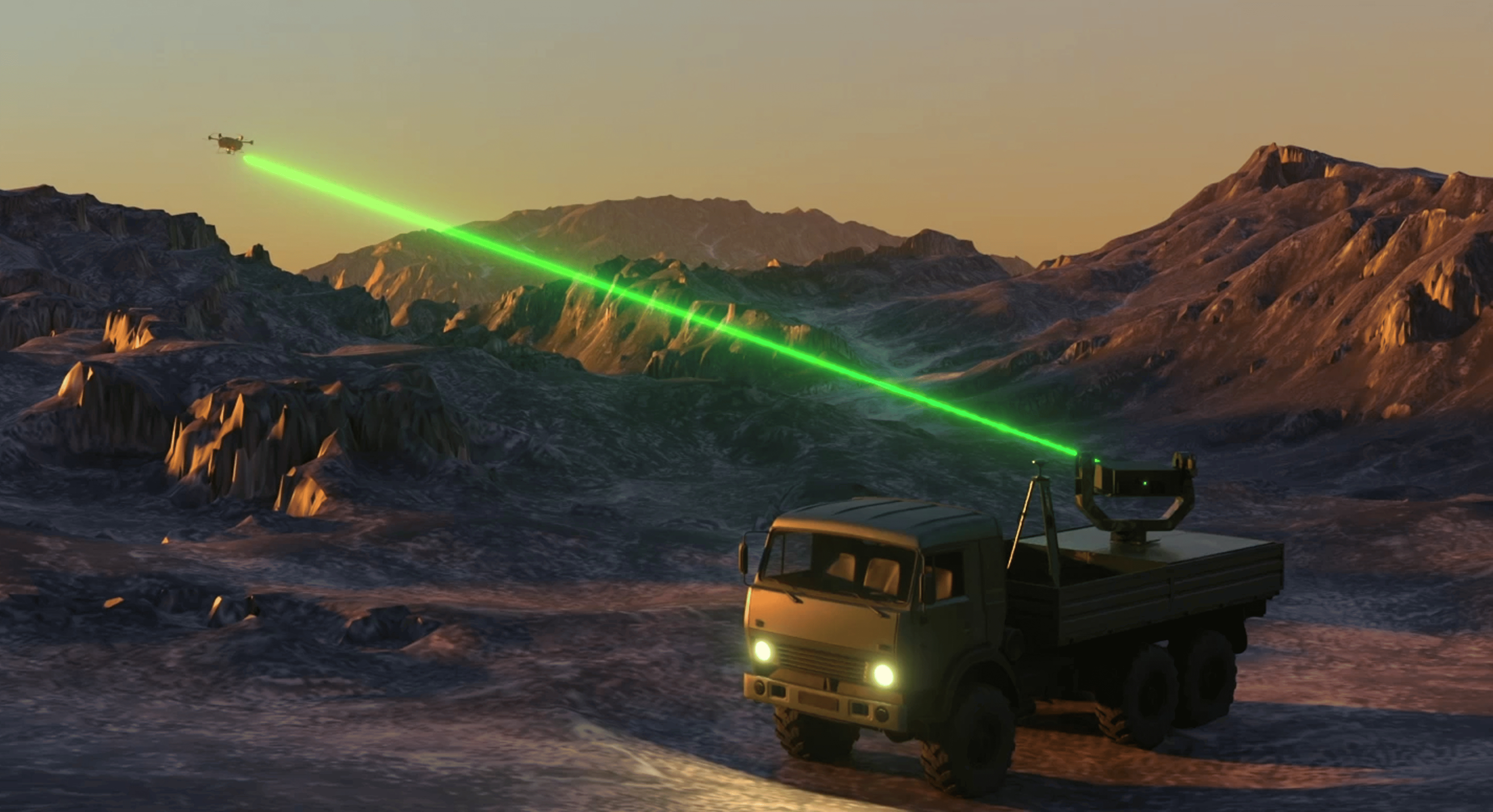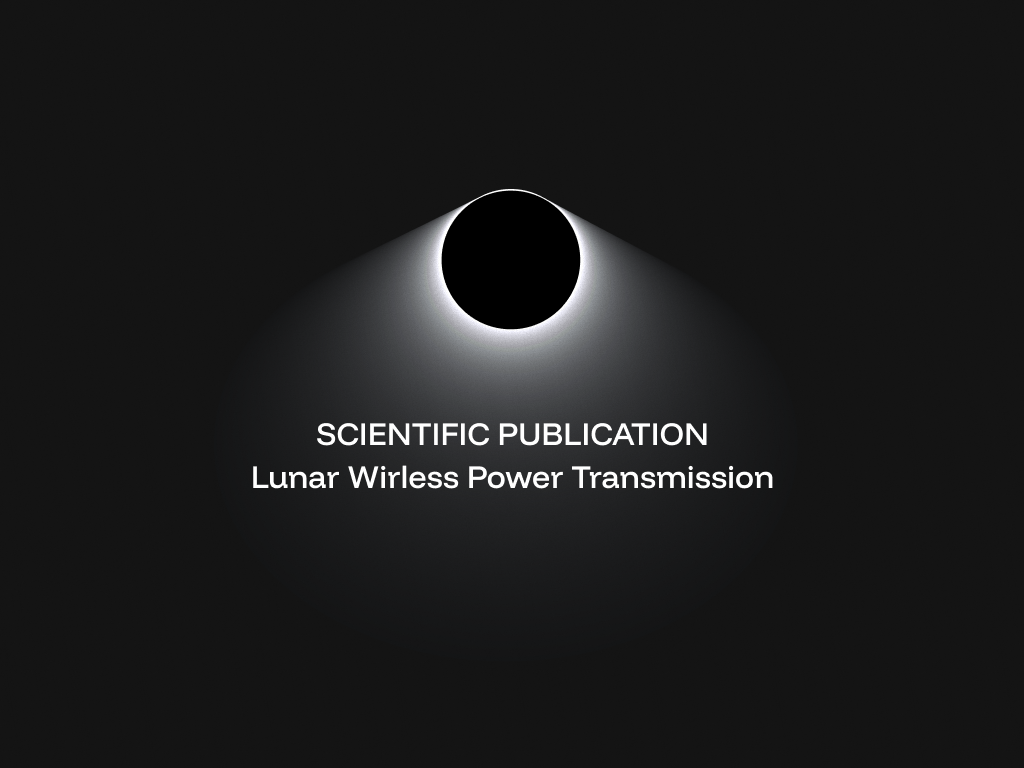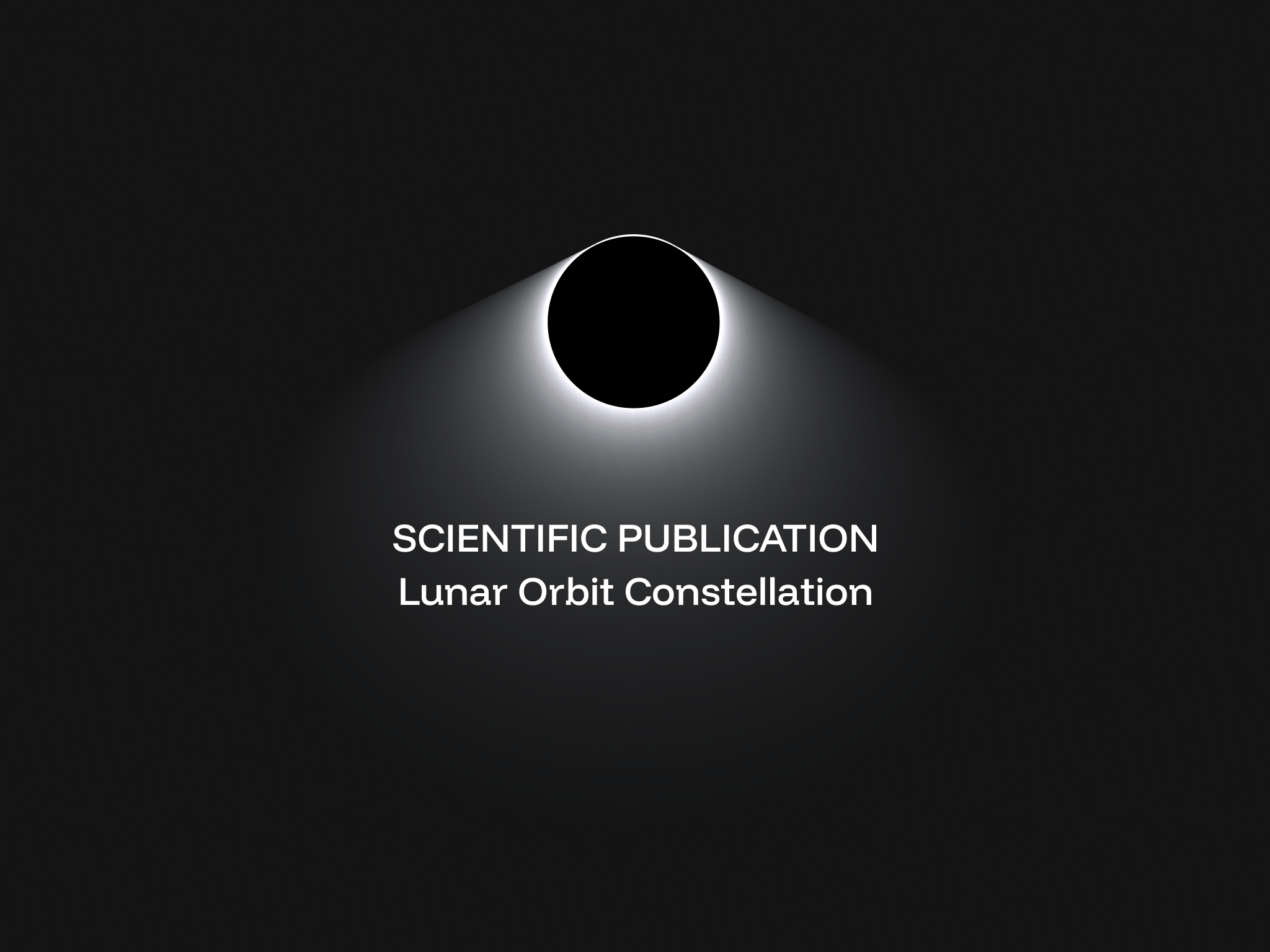Powering the Moon
Overcoming the Darkness.
Wireless energy from lunar orbit, enabling continuous surface operations, day and night, for the first time.
Main challenges
14 Days Without Sunlight
Lunar night lasts over two Earth weeks, making solar power unavailable. Batteries alone can't bridge the gap, forcing critical systems into standby or full shutdown.
Thermal Survival Becomes Critical
Temperatures plunge below –170 °C during lunar night. Without external power, onboard electronics freeze, causing irreversible damage and mission failure. To date, no lunar mission has remained operational for more than three weeks.

Lunar Power Link

Precision Beaming from Orbit
Laser energy is transmitted from over 1000 km away, with sub-meter accuracy on fixed targets.

Adjustable Beam Divergence
Beam divergence adjusts dynamically to maintain consistent power density across varying orbital distances.

Continuous Polar Coverage
A 10-satellite constellation enables uninterrupted energy delivery at the lunar poles, even through the 14-day night.

Surface Receiver Unit
A dedicated receiver captures the laser beam, converts it into electrical energy, and channels it directly to the ground infrastructure.
Our partner in the research




.png)



























.png)

